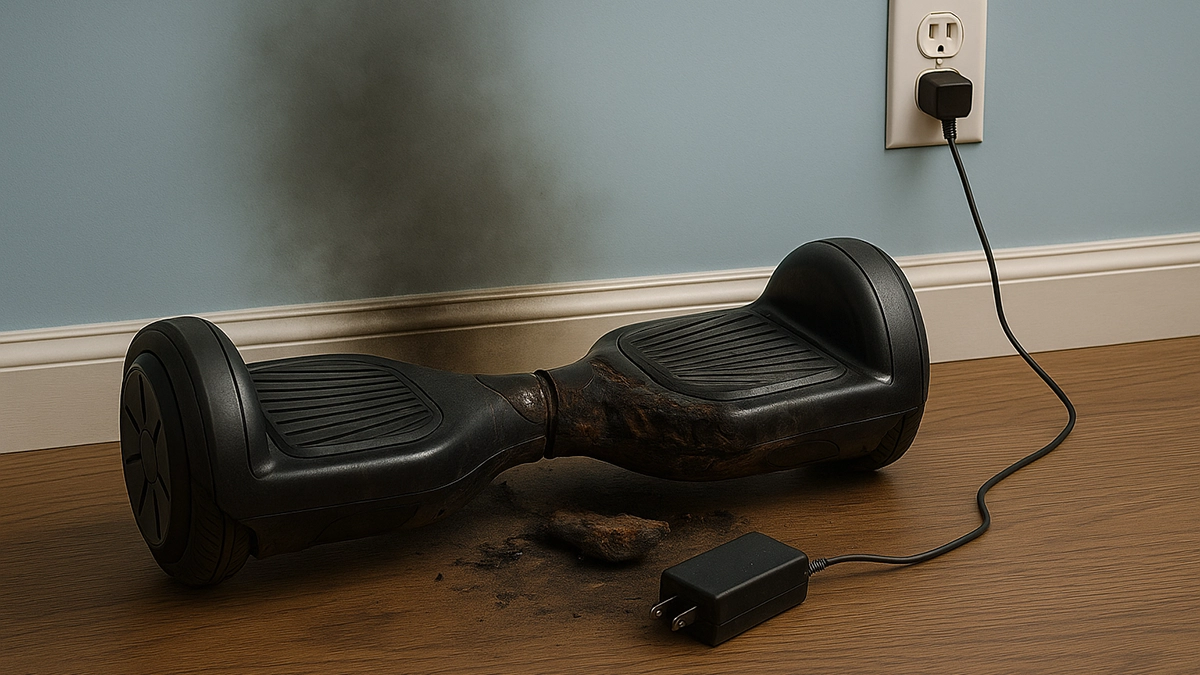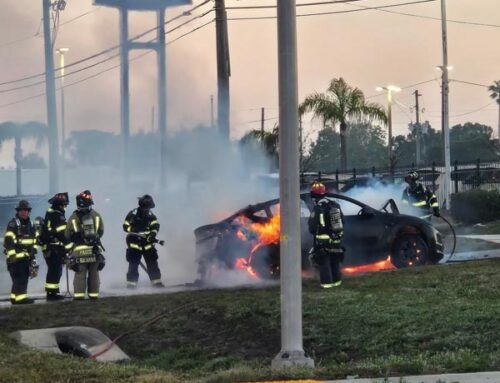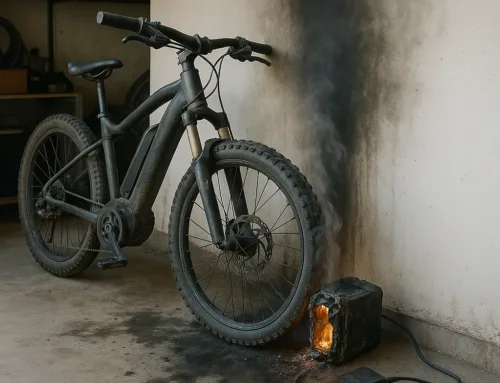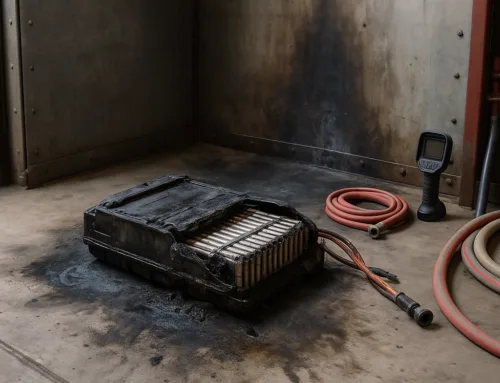When a Utah couple, Tamaly and Craig Miner, saw flames engulf their home, they knew it was something far more serious than a simple malfunction. In 2021, their child’s hoverboard—a toy powered by a lithium-ion battery—burst into flames inside their Lehi, Utah residence. While no lives were lost and their home was ultimately saved, the experience left a lasting impact that changed their views on battery-powered devices forever. In a video report by KSL TV titled “Firefighters, lithium ion battery fire victims share do’s and don’ts”, the couple shares their story alongside advice from fire officials to help prevent similar incidents from happening to others.
AUTHOR
Editor
POSTED ON
May 19, 2025
A Fire Caught on Camera
The explosion was caught on the family’s home camera. Within seconds, smoke began to billow, followed by flames that quickly spread through the room. Tamaly recalls hearing the sound and immediately realizing it was a lithium-ion battery failure—a term she had only heard about before, but never thought would happen in her own home.
The emotional toll was immediate. “It just goes so fast,” she said, describing how quickly the fire escalated beyond control. That near-tragic event prompted her to become an advocate for lithium-ion battery safety.
Lithium-Ion Batteries Are Everywhere
One of the biggest takeaways from the Miners’ story is the widespread use of lithium-ion batteries in everyday products. From cell phones and laptops to e-bikes, scooters, and children’s toys, these batteries are embedded in items we use daily—often without considering the risks.
Tamaly warns other parents to think twice about what they’re bringing into their homes. “They’re in so many things now,” she said. “We choose not to buy toys or devices with this kind of battery anymore.”
What Went Wrong—and What Could Have Happened
Although the hoverboard was marked as UL-certified, meaning it had passed basic safety tests, the battery still exploded. This fact underscores a critical reality: even certified products are not risk-free. Lithium-ion batteries can overheat, overcharge, or fail internally due to physical damage, design flaws, or simple misuse.
Fortunately, the Miners’ quick thinking prevented a more serious disaster. Their home survived, but they admitted that they weren’t fully prepared. “We had fire extinguishers,” Craig said, “but I didn’t think of them because I was just thinking, ‘How do I get these flames out of my house?’”
What They Do Differently Now
Following their experience, the Miners have drastically changed how they approach fire safety at home. Here are their top lessons:
- Install Fire Extinguishers in Every Room: They now keep extinguishers under sinks, in pantries, and other accessible areas. Quick access is key.
- Use Clear Communication in Emergencies: Instead of calling out names, yell “Fire!” to alert everyone quickly.
- Never Overcharge Devices: Charging overnight or leaving a battery plugged in for extended periods increases the risk.
- Keep Devices Away from the Living Space: If you must use devices with lithium-ion batteries, charge and store them away from bedrooms or living areas—preferably in a garage or fire-resistant container.
- Understand the Risks, Even with Certified Devices: Certification lowers risk but doesn’t eliminate it. Vigilance is essential.

What Firefighters Recommend
Unified Fire Authority officials echoed the Miners’ concerns, offering these additional recommendations:
- Buy only UL-certified lithium-ion batteries and chargers.
- Do not leave batteries charging unattended.
- Avoid charging devices on soft surfaces like beds or couches.
- Watch for warning signs such as swelling, smoke, unusual heat, or popping sounds.
- Safely dispose of damaged batteries at approved collection sites—never in the trash.
A Wake-Up Call for All Families
The Miners’ story serves as a wake-up call to families everywhere. It’s not just large devices like e-bikes or power tools that can pose a danger. As seen in their case, even a child’s toy can become the source of a devastating fire. “It’s like Russian roulette,” Tamaly said. “You just don’t know when it’s going to explode.”
Final Thoughts
Lithium-ion batteries are a staple of modern life, but they come with real risks if not handled properly. The Miners’ personal experience shows that even a brief lapse—charging a toy in the wrong place or using a battery that appears safe—can lead to tragedy.
Awareness, preparation, and informed choices are the best tools for prevention. By following the do’s and don’ts shared by both victims and fire officials, we can all take practical steps to protect our homes and loved ones.
Subscribe to our Newsletter
Be the first to know about the latest articles, safety tips, real stories, and industry updates related to lithium battery fire prevention
We do not spam. You can unsubscribe anytime





